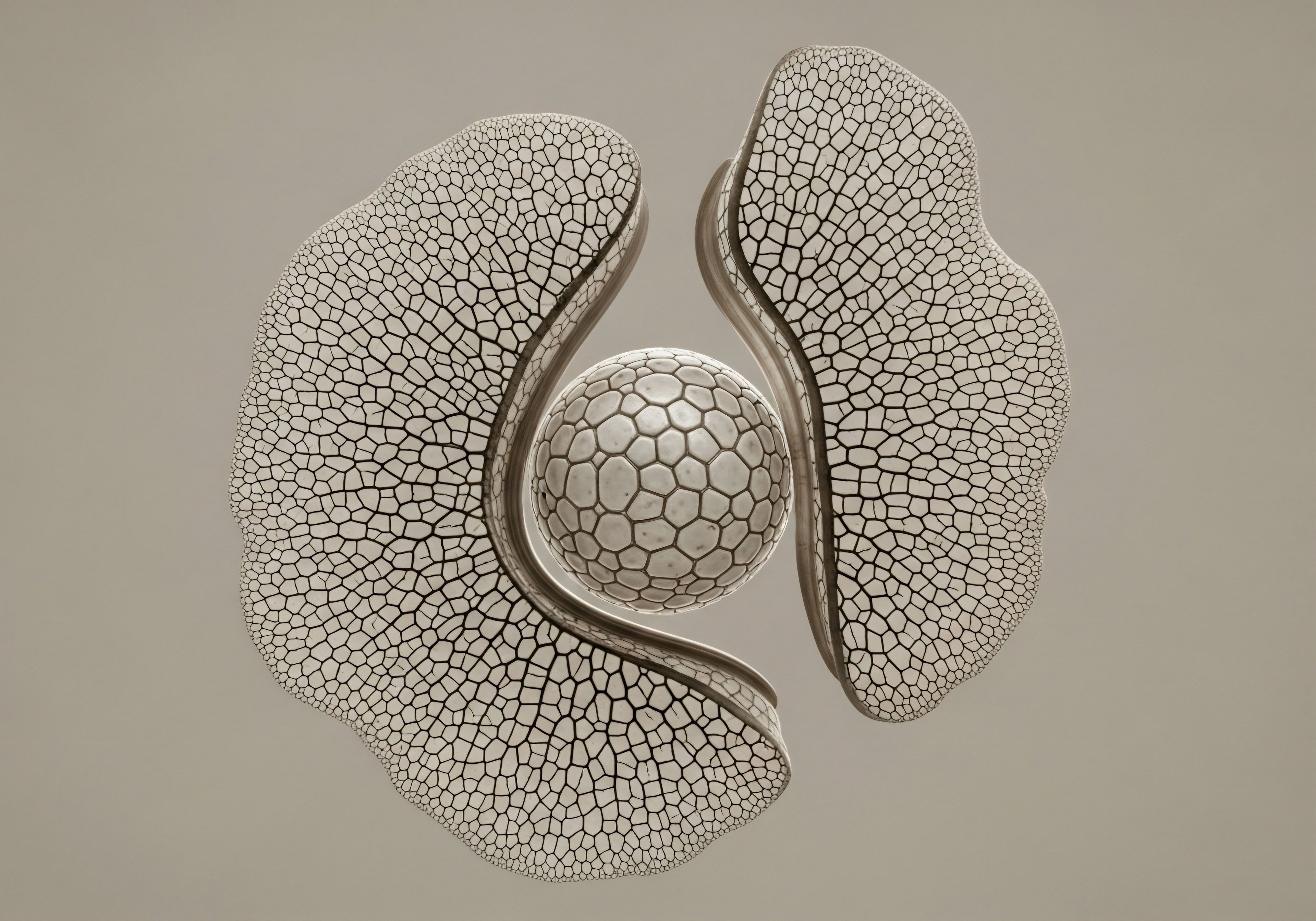Peptides Are the Language of Cellular Reconstruction

Unlock peak performance and redefine aging; peptides provide the precise cellular commands for your biological reconstruction.
HRTioAugust 23, 2025




